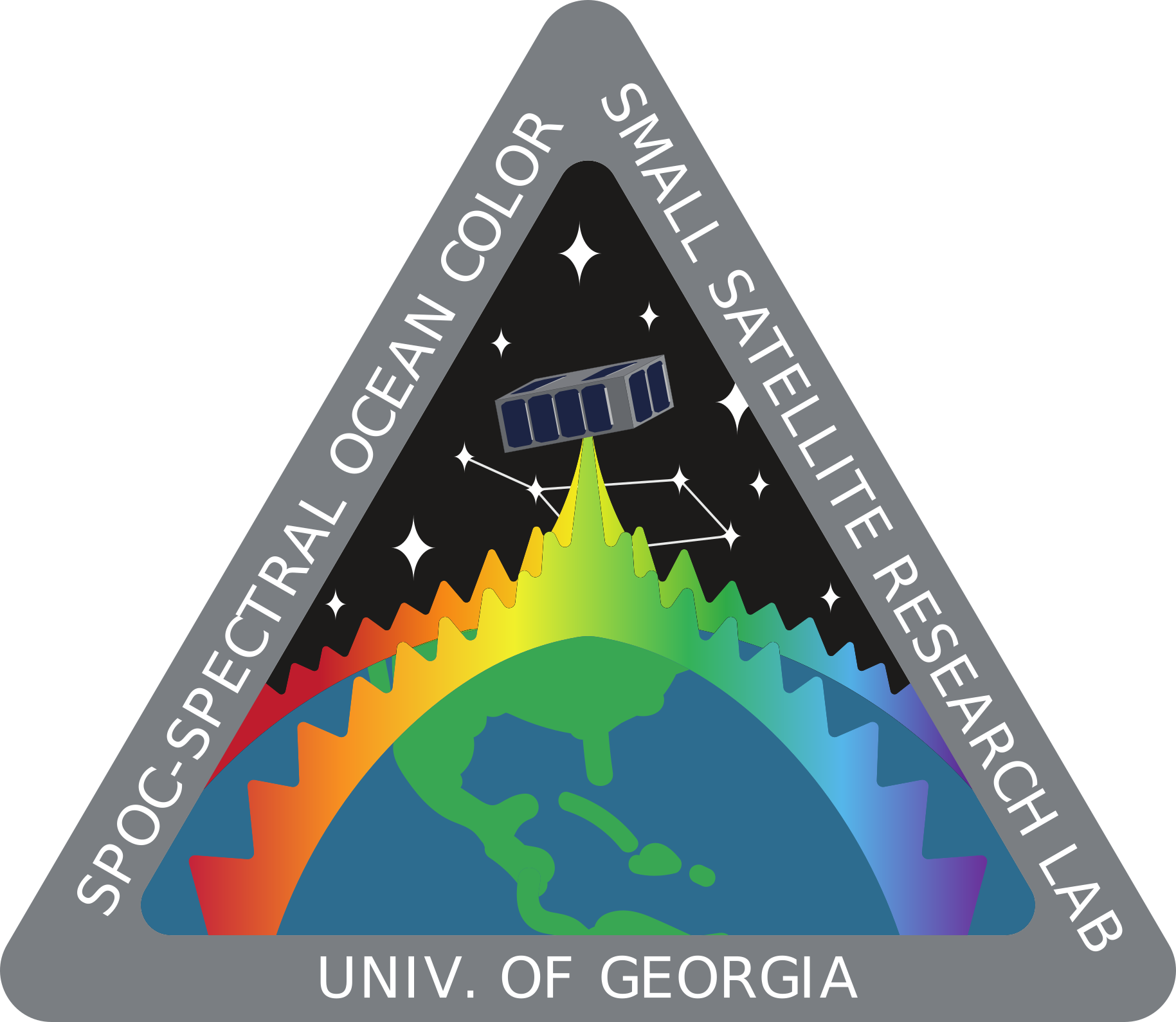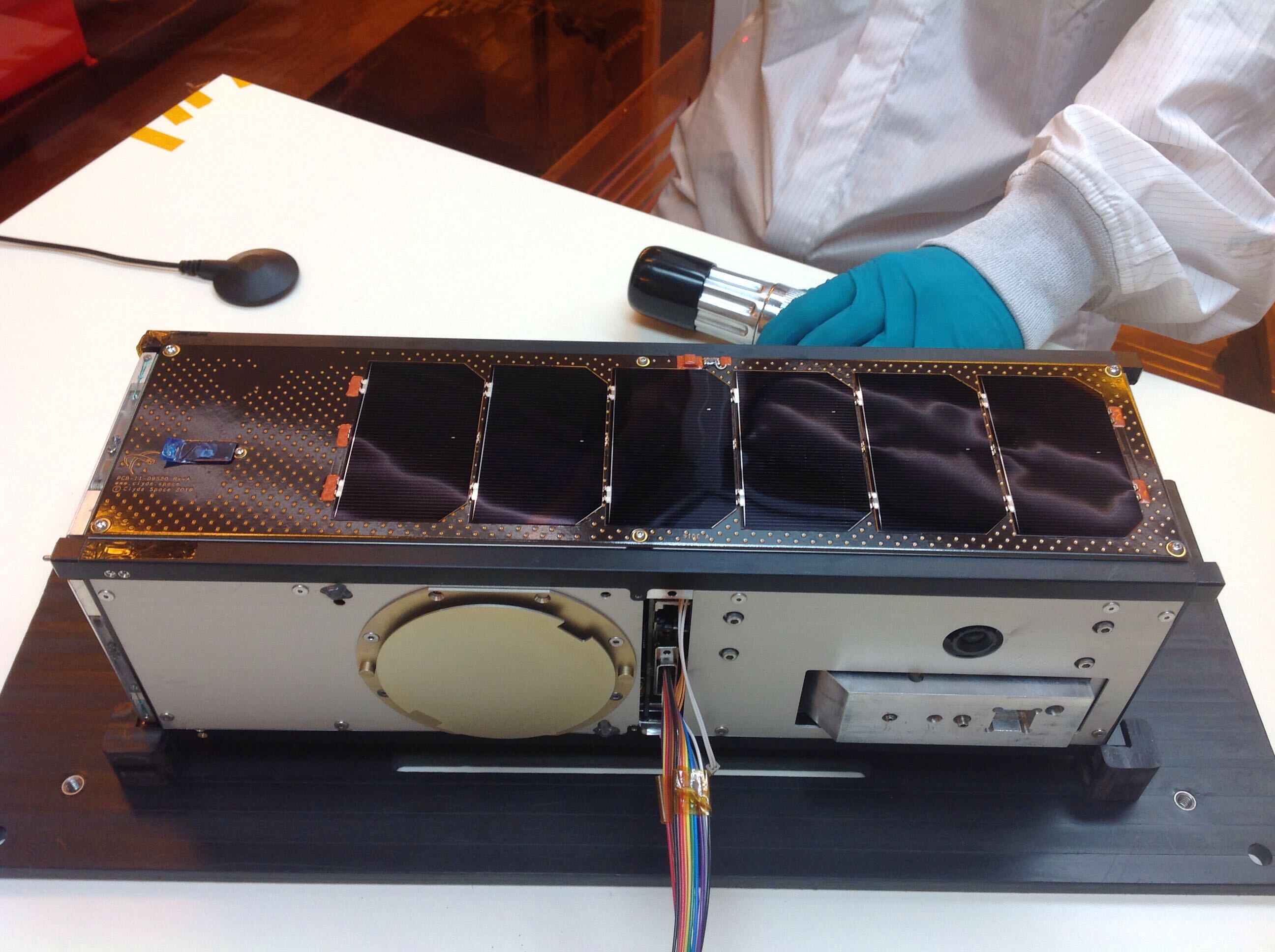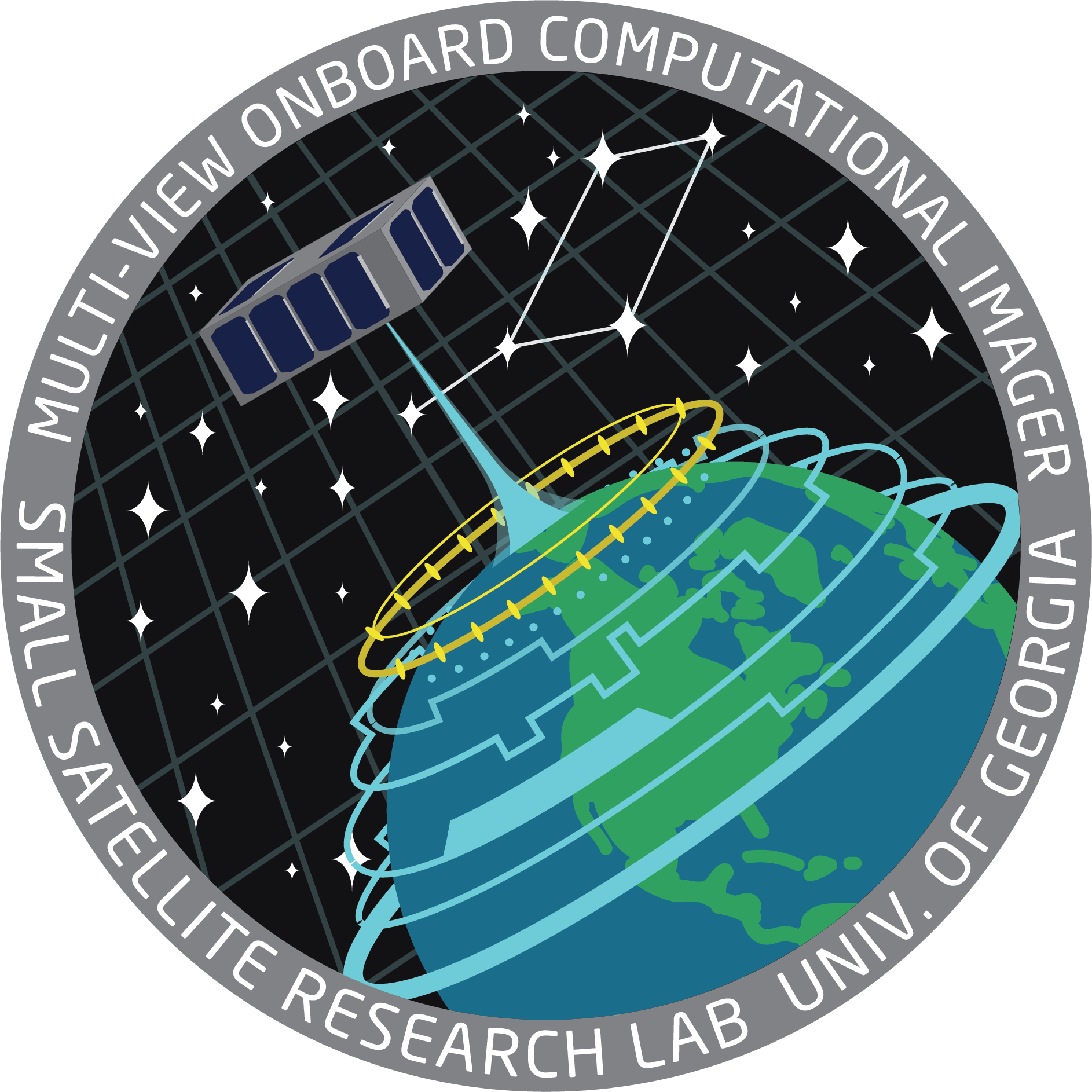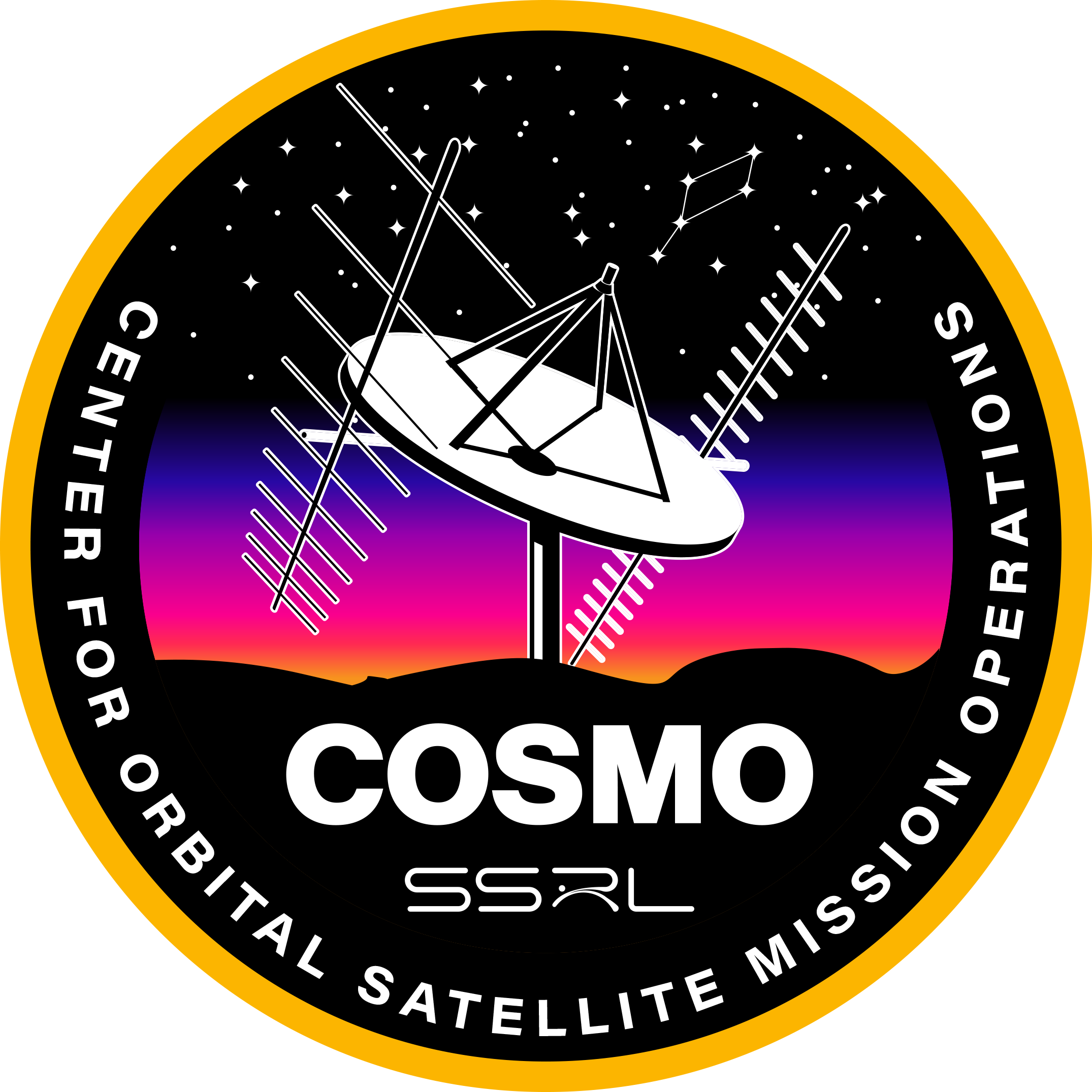SPOC
(Spectral Ocean Color Satellite)
Mission Overview
The SPectral Ocean Color (SPOC) satellite mission, was funded through NASA’s second iteration of the Undergraduate Student Instrument Project (USIP) in mid 2016. The SPOC's mission shall acquire moderate resolution imagery across a wide range of spectral bands to monitor coastal ecosystems and ocean color. SPOC will acquire image data between 433 and 866 nm to monitor 1) coastal wetlands status, 2) estuarine water quality including wetland biophysical characteristics and phytoplankton dynamics, and 3) near-coastal ocean productivity. SPOC shall use multispectral remote sensing techniques to quantify vegetation health, primary productivity, ocean productivity, suspended sediments, and organic matter in coastal regions. The uniqueness of SPOC lies in its payload, a 16 band adjustable multi spectral imager, called SPOC eye. The payload structure for SPOC was designed by Cloudland Instruments and the UGA SSRL SPOC team is actively building and refining the optical structure.
Current Status
SPOC was succesfully integrated with NanoRacks on August 19 in Houston. It is scheduled for launch to the ISS on September 29th, 2020 from Wallops, VA. It is part of ELaNa 31 and will be launched onboard the Northrop Grumman Antares rocket (NG-14) as part of a Cygnus resupply mission. Once onboard the ISS SPOC will be deployed into space sometime in late November using the Japanese Experiment Module (JEM) Robotic Manipulator System (JEMRMS). This robotic arm moves aims the satellite below the ISS and releases it.





